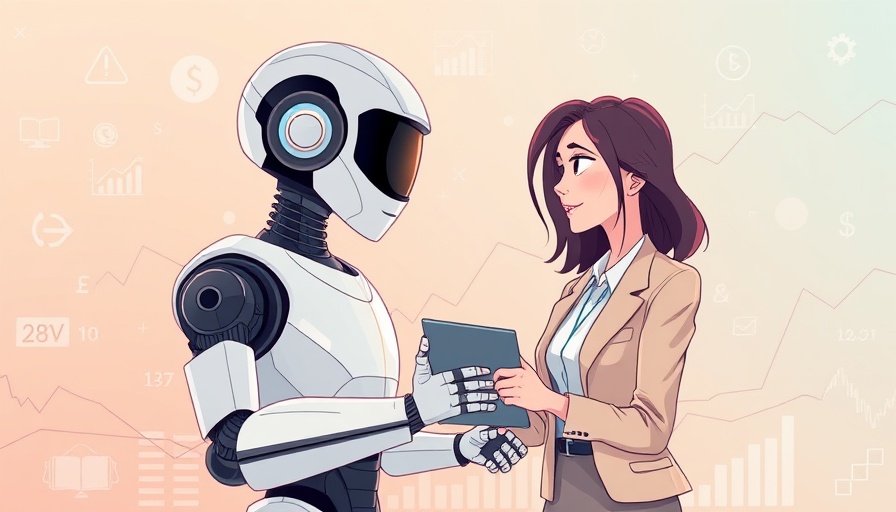
How Generative AI Chatbots Are Changing Customer Service Forever
Customer service is undergoing a remarkable transformation, fueled by the rise of Generative AI chatbots. Gone are the days of stiff, scripted dialogues. Today's chatbots engage in fluid, intelligent conversations that feel human-like, thanks to advancements in Large Language Models (LLMs). Businesses see them not merely as tools, but as strategic necessities that enhance operational efficiency and offer unparalleled personalization.
The Technology Driving Change
The evolution of chatbots from basic rule-based systems to generative AI has addressed long-standing frustrations faced by users. Traditional chatbots struggled with deviation from their pre-programmed scripts, often leading to dead ends. In contrast, modern chatbots leverage deep learning and neural networks that allow them to process natural language and context, generating unique responses in real-time. This creates a more natural conversational experience, as they can handle queries they've never been trained on before. With continuous learning capabilities, these systems grow smarter with every interaction, yielding increasingly accurate responses while meeting users' evolving needs.
Substantial Business Benefits and Success Stories
Various industries are experiencing the successful implementation of Generative AI chatbots. Companies like Lyft have achieved an astonishing 87% reduction in average response times, demonstrating the significant efficiency gains that AI offers. Moreover, MetLife has reported a 13% increase in consumer satisfaction since adopting AI in their customer service initiatives. Research from IDC and Microsoft highlights that organizations effectively utilizing AI see an average ROI of 250%, alongside a remarkable 18% increase in consumer satisfaction. The operational improvements are evident: organizations can reduce first response times by up to 37% and automate over 80% of routine inquiries.
Empowering Human Agents
Importantly, Generative AI chatbots serve as co-pilots for human agents rather than replacing them. These systems handle repetitive queries, freeing up agents to tackle more complex issues that require human judgement and empathy. AI assists with real-time suggestions and summarizes conversation histories, greatly enhancing the overall support experience.
The Future: Hyper-Personalization and Accessibility
Another advantage of generative AI chatbots is their ability to hyper-personalize customer interactions. When integrated with backend systems like CRMs, chatbots can access detailed customer histories, leading to contextual support experiences. The on-demand nature of these chatbots suits modern consumer expectations, where 51% of customers anticipate businesses to be available 24/7. AI chatbots can effortlessly handle thousands of conversations simultaneously, breaking down geographical barriers and ensuring customer engagement at all hours.
Overcoming Implementation Challenges
Despite the myriad benefits, companies must navigate several challenges when implementing Generative AI chatbots. These include data privacy concerns and ensuring AI systems provide accurate and relevant responses. It’s essential for businesses to invest in training and resources to align AI functionalities with their organizational goals. Successful implementation not only streamlines operations but also strengthens customer relationships.
Conclusion: A New Era of Customer Service
As the technology behind generative AI chatbots continues to evolve, their impact on customer service will only grow. Businesses looking to enhance their customer engagement strategies must consider incorporating AI into their operations. Understanding this shift is crucial for business leaders, marketers, and customer service professionals as they navigate the future landscape of automated and personalized customer service.
Embracing the advancements in Generative AI chatbots opens doors to numerous opportunities for businesses aiming to enhance their customer engagement strategies. The insights generated from these technologies can lead to improved marketing approaches, better service delivery, and more nuanced understandings of customer needs.
 Add Row
Add Row  Add
Add 




Write A Comment